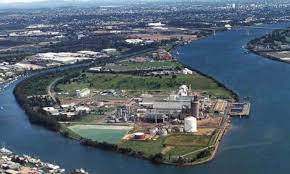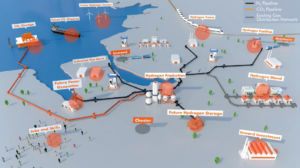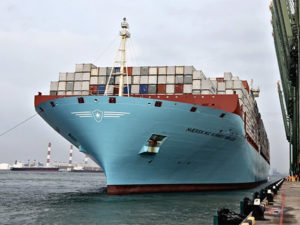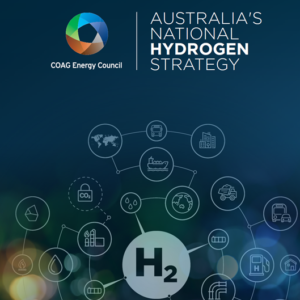Green ammonia port hubs in the UK and Australia
H2 Green will develop a renewable energy hub at the Port of Shoreham in West Sussex. The initial focus will be the electrification and use of hydrogen fuel in the Port's vehicle fleet (heavy forklifts and trucks), before expanding to accommodate the ~800 heavy goods vehicles that enter the port daily. The second phase will be an ammonia import facility to meet growing demands for hydrogen fuel in the surrounds. In Australia, the Geelong Hydrogen Hub will be developed by CAC-H2, a developer who is also planning two carbon-negative, waste-to-ammonia projects in Australia. The Geelong Hub includes multiple, new-build infrastructure elements including import/export & cracking facilities. Similar to Shoreham, import of green ammonia to meet growing demand for hydrogen fuel is the second phase of the project.









